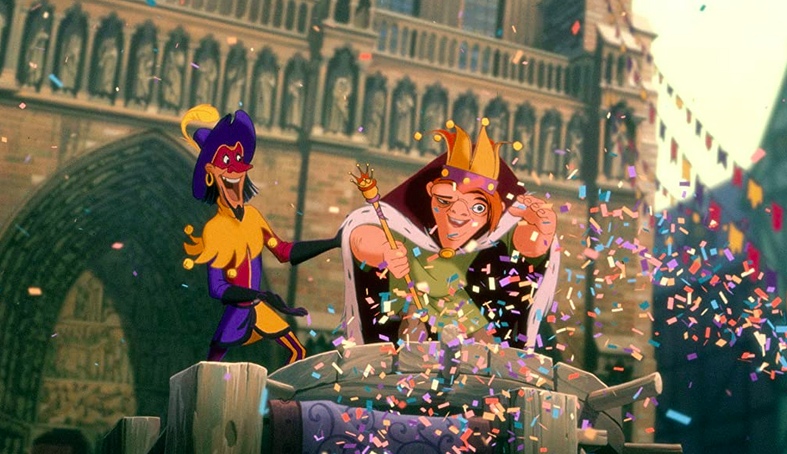The Hunchback of Notre Dame (dir. Trousdale & Wise, 1996) - Review
Disney’s Hunchback (1996) transformed one of the great grotesques of film and literature into a sensitive New Age Guy, capable of belting out generic Sondheim hype anthems, mooning over a freelance exotic dancer, and modelling lessons on two issues unlikely to be encountered by the studio’s core toddler demographic: self-esteem and, er, genocide. A saucier and (understandably) less commercially successful antecedent of Tangled, Hunchback features not only the usual lineup of animal sidekicks and swarthy blonde men ready to defeat racism by hooking up with a lithe ethnic heroine, but a villain in the form of a sexually frustrated middle-aged Catholic man- perhaps a little too plausibly scary for parents as well as kids.
Although Victor Hugo's fatalistic novel, with its deaf and disabled hero, receives a reasonably sprightly and sanitised treatment, which goes so far as to portray a love triangle in which no one gets hurt, Hunchback is more notable for the darkness, or at least adult flair, which it retains. Alongside a disfigured hero, and a central couple whose mutual lust manages to percolate through the medium of a nineties 2D animation, the film throws itself into a genocide plotline with an enthusiasm that could only belong to a time before Disney’s expansion into an all-consuming, global corporate behemoth.
Despite the tonal imbalance of heavier themes with predictably fluffy attributes, the sheer novelty of a Disney movie wading into two of the most cancellable topics of the present decade - ethnic persecution and disability - makes for interesting viewing. Given the medieval fantasy setting, the film handles its topics with a mixture of reasonable emotional sensitivity and blatant sensationalism, a blend which seems a far cry from the heavily vetted bowing and scraping seen in the company’s present (and successful) bid to monopolize wholesome ‘family’ viewing across the world.
Quasimodo (Tom Hulce), the bell-ringing foundling doomed in Hugo’s novel to severe deformity and deafness, resurfaces in a cuddlier, Disneyfied form with a cutesy nickname of Quasi, and the lesser but more relatable burden of a lack of self-esteem. Unfortunately for Quasi, the repressive warder assigned to him by Hugo, one Claude Frollo, has also transferred over - in the form of a secular judge rather than a Catholic archdeacon, perhaps a concession after Disney’s several tussles with the religious right. The lonely, insecure but warm-hearted protagonist finds himself egged outside by his imaginary gargoyle friends, where his misplaced spirit of body confidence comes into conflict with the sadistic tendencies of a medieval peasant mob.
Quasi’s bumpy transition into the outside world is sweetened by his encounter with the Gypsy Esmeralda (Demi Moore), who makes her way onscreen by dint of a series of pelvis-thrusting acrobatic feats which would make for a successful career as a Chris Brown video vixen. No concerns about oversexualizing a minority here, forget ethnically accurate casting - Esmeralda is here to be foxy and to teach us about ethnic cleansing, as Frollo seethes under the twin passions of his lust for her and his mission to exterminate the Gypsies. Yes.
Esmeralda also offers a resounding confirmation of the ‘nice guys finish last’ narrative, by crushing poor Quasi’s deluded interpretation of her kindness as a romantic interest, and flinging herself into the arms of Captain Phoebus (Kevin Kline) in a turn of events which seems like a visual as well as a narrative ripoff of Pocahontas. Quasi may not get the girl, but he does teach the audience about the need to tolerate differences and not resort to incel violence when consigned to the friendzone by the machinations of the local jock.
Conveying much of this predictable arc are the film's standard-issue songs, with music by Alan Menken and lyrics by Stephen Schwartz. Much more exciting are Hunchback's visuals. The story’s Parisian setting, in particular the lovingly and meticulously rendered Notre Dame, facilitates plenty of swooping sequences as the characters cavort around the elaborate and eccentric contours of the Gothic fantasyland.
The film's most realistic character, however, is the evil Frollo, voiced by perennial British villain Tony Jay, most memorably seen writhing (literally) in the torments of an overwhelming physical desire for Esmeralda. This rendering of one of many mature themes - also spanning infanticide and hellfire - encapsulates the spirit of the film: it has a bit of a tone problem - but, in the spirit of its protagonist, it’s committed to embracing its grotesquery without caring too much about public offence.
Aine Kennedy is a London-based writer and manager of the ScriptUp blog.






